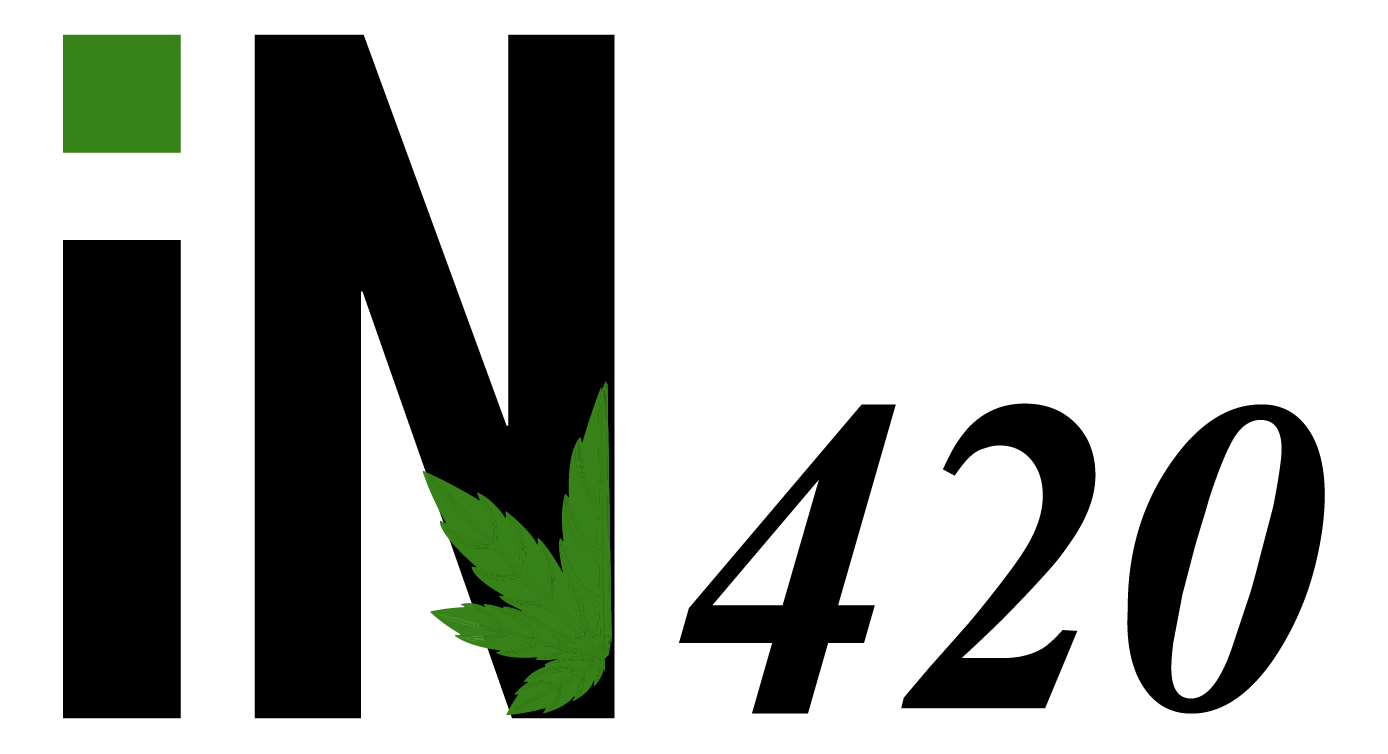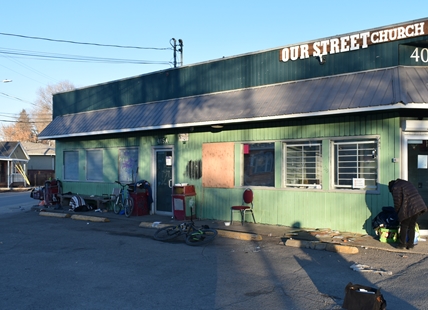User survey reveals drugs of choice in Thompson-Okanagan
INTERIOR HEALTH LEADS THE WAY IN DISTRIBUTION OF NALOXONE KITS
THOMPSON-OKANAGAN - A recent survey of chronic drug users across the province is providing new insights into drug use in the Interior Health Authority.
Among them is more accurate information about the drugs of choice and the use of fentanyl, Dr. Jane Buxton says.
Buxton is the harm reduction lead for the B.C. Centre for Disease Control and one of the survey’s authors.
She says previous surveys have produced reams of information about drug users in the province’s two largest population centres, Vancouver and Victoria.
“What we don’t have is a good idea about what people are using through the rest of the province,” Buxton says.
She cautions the survey is not representative of the B.C. population but instead, a descriptive survey of people who access harm reduction supplies through the health authority or associated social service agencies.
“These are people who have more chronic substance use issues,” Buxton says.
Within the health authority, excluding tobacco, marijuana is the substance most likely to have been consumed, with 56 per cent of respondents saying they had used it in the previous seven days.
Alcohol was next at 49 per cent, with crystal meth (46 per cent), heroin (43 per cent) and morphine (39 per cent) rounding out the top five.
Respondents in the health authority reported the highest use of morphine (39 per cent) and stimulants (11 per cent) across the province.
Use of benzosdiazepines — think Atavan and Valium — is the second highest in the province at 40 per cent, behind only the Vancouver Coastal Health Authority.
“Morphine use is higher at 39 per cent and benzos are higher in the Interior Health Authority,” Buxton adds, and includes people who have prescriptions for the drugs as well as those who buy them from the black market.
With overdose deaths surging across the province and the Interior Health authority, an additional focus of the survey was put on fentanyl, the drug primarily responsible for over half of overdose deaths this year.
Intentional fentanyl use in all forms (power, pills, patches) was measured at 22 per cent within Interior Health Authority, with Vancouver Island the highest at 24 per cent and Fraser Health at 23 per cent.
Buxton cites another B.C. Centre for Disease Control study which showed 29 per cent of people had fentanyl in their urine but 70 per cent didn’t knowingly do the drug.
“There is a difference in what they think they are using or buying, as we keep finding out, and what they are really getting,” Buxton says.
The survey also shows the Interior Health Authority as a leader in providing naloxone kits with 30 per cent of respondents saying they were carrying one compared to 20 per cent provincially.
“And that was 12 months ago when the survey was done,” Buxton adds. “Since then, the IHA has ramped up their distribution even more."
Within the Interior Health Authority, 119 people at nine harm reduction sites were surveyed.
The results are descriptive only and no tests for statistical significance were performed. Proportions reported at the provincial level were weighted to account for differences in survey sample size and population estimates for each health authority.
To contact a reporter for this story, email John McDonald or call 250-808-0143 or email the editor. You can also submit photos, videos or news tips to the newsroom and be entered to win a monthly prize draw.
We welcome your comments and opinions on our stories but play nice. We won't censor or delete comments unless they contain off-topic statements or links, unnecessary vulgarity, false facts, spam or obviously fake profiles. If you have any concerns about what you see in comments, email the editor in the link above.










